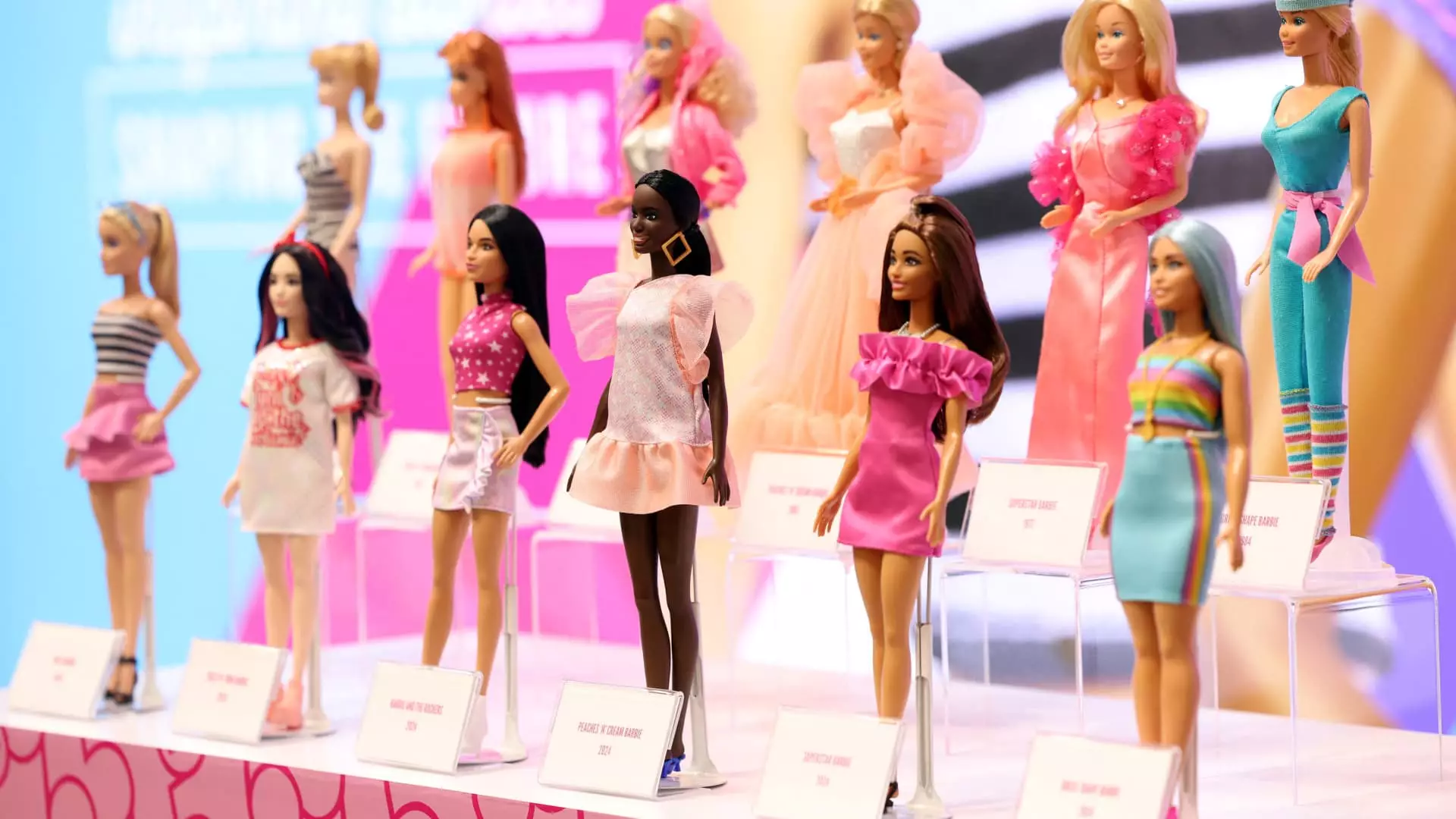The toy industry is a complex web of supply chains, manufacturing processes, and economic variables that determine how products reach consumers. As one of the largest toy manufacturers globally, Mattel has established a significant presence in this industry, notably producing popular brands like Barbie and Hot Wheels. However, recent governmental policies such as tariffs imposed by the Trump administration have raised concerns about the future of toy pricing. With approximately 40% of production based in China and less than 10% in Mexico, Mattel is acutely aware of the implications these tariffs hold for their operations and pricing strategies.
In light of the latest 10% tariffs on goods imported from China, Mattel’s executives have proactively explored various strategies to minimize financial impacts. Anthony DiSilvestro, the company’s finance chief, indicated during a fiscal fourth quarter earnings call that the business is investing in its supply chain logistics as a potential solution. One of the most significant strategies under consideration is price adjustments across their product lines. DiSilvestro emphasized the delicate balancing act the company must perform: ensuring that retail partners remain cooperative while making decisions that consider consumer welfare.
The notion that toy prices may rise is not just conjecture; economists have echoed that tariffs generally lead to inevitable increases in consumer costs. However, the unpredictability of tariff enforcement, particularly with respect to imports from Mexico and Canada, leaves Mattel and other manufacturers in a state of flux. While Trump’s administration has momentarily paused the implementation of tariffs on North American imports, the stability of these trade policies remains uncertain.
One of the critical factors in Mattel’s strategy lies in its diversified supply chain. Unlike companies reliant on a single region for manufacturing, Mattel’s presence in seven countries allows it to pivot and redirect production based on evolving economic conditions. By reducing its dependency on China and Mexico over time—forecasting a decline from roughly 50% to 25% sourcing by 2027—Mattel is positioning itself to respond more adeptly to international trade pressures. This adaptability is crucial in the current climate, where tariffs can spring up unexpectedly and alter the cost structures for many products.
Furthermore, with a considerable portion of Mattel’s revenue generated outside of North America, the company is somewhat insulated from tariffs aimed at U.S. imports. By leveraging international markets, Mattel can also explore alternatives in production that help offset any adverse effects imposed by the tariffs.
Consumers are expected to bear the brunt of these tariffs as corporations seek to maintain margins. The potential for price hikes on beloved products like Barbie dolls and Hot Wheels raises questions about consumer behavior and market dynamics. Amid economic uncertainties and rising costs, how willing are consumers to absorb additional expenses? Historical trends indicate that price sensitivity varies significantly across demographics when it comes to toys and other non-essential goods.
Moreover, as Mattel moves forward with potential price increases, the delicate dance with retail partners becomes increasingly crucial. Maintaining strong partnerships while adjusting prices requires a strategic approach to marketing and consumer relations, ensuring that brand loyalty is not sacrificed.
The imposition of tariffs has ushered in a transformative phase for the toy industry at large and companies like Mattel in particular. Their response illustrates a broader narrative about global trade dynamics and the intricate web of strategies necessary to navigate such tumultuous waters. As they work to protect their profit margins, adapt their supply chains, and consider price adjustments, the overarching question remains: how will these decisions resonate with consumers in an ever-evolving economic landscape? The next few years could prove pivotal for Mattel and the toy industry, reshaping the way toys are produced, priced, and perceived worldwide.

